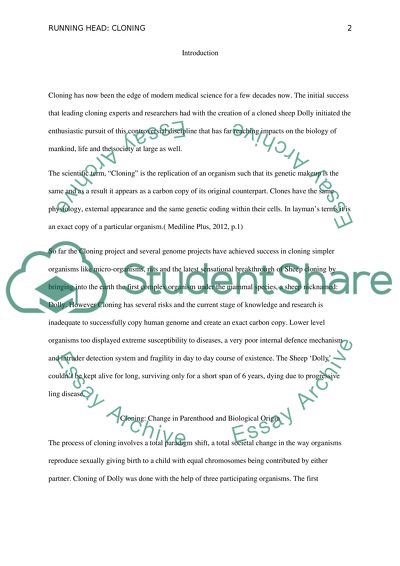Cite this document
(“Cloning Research Paper Example | Topics and Well Written Essays - 1000 words”, n.d.)
Cloning Research Paper Example | Topics and Well Written Essays - 1000 words. Retrieved from https://studentshare.org/biology/1462138-cloning
Cloning Research Paper Example | Topics and Well Written Essays - 1000 words. Retrieved from https://studentshare.org/biology/1462138-cloning
(Cloning Research Paper Example | Topics and Well Written Essays - 1000 Words)
Cloning Research Paper Example | Topics and Well Written Essays - 1000 Words. https://studentshare.org/biology/1462138-cloning.
Cloning Research Paper Example | Topics and Well Written Essays - 1000 Words. https://studentshare.org/biology/1462138-cloning.
“Cloning Research Paper Example | Topics and Well Written Essays - 1000 Words”, n.d. https://studentshare.org/biology/1462138-cloning.


